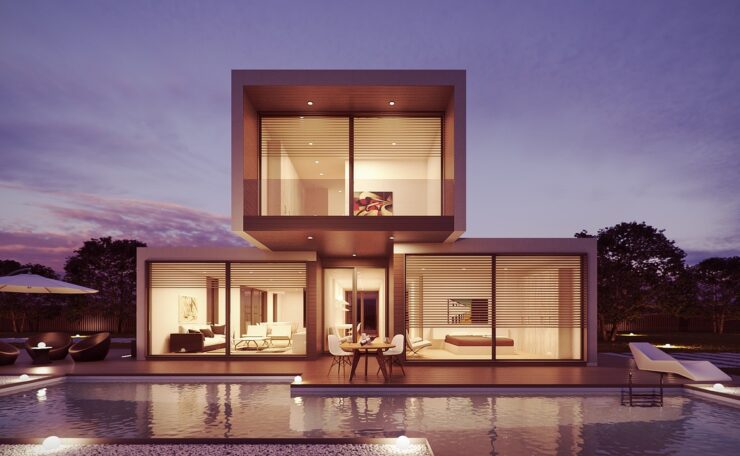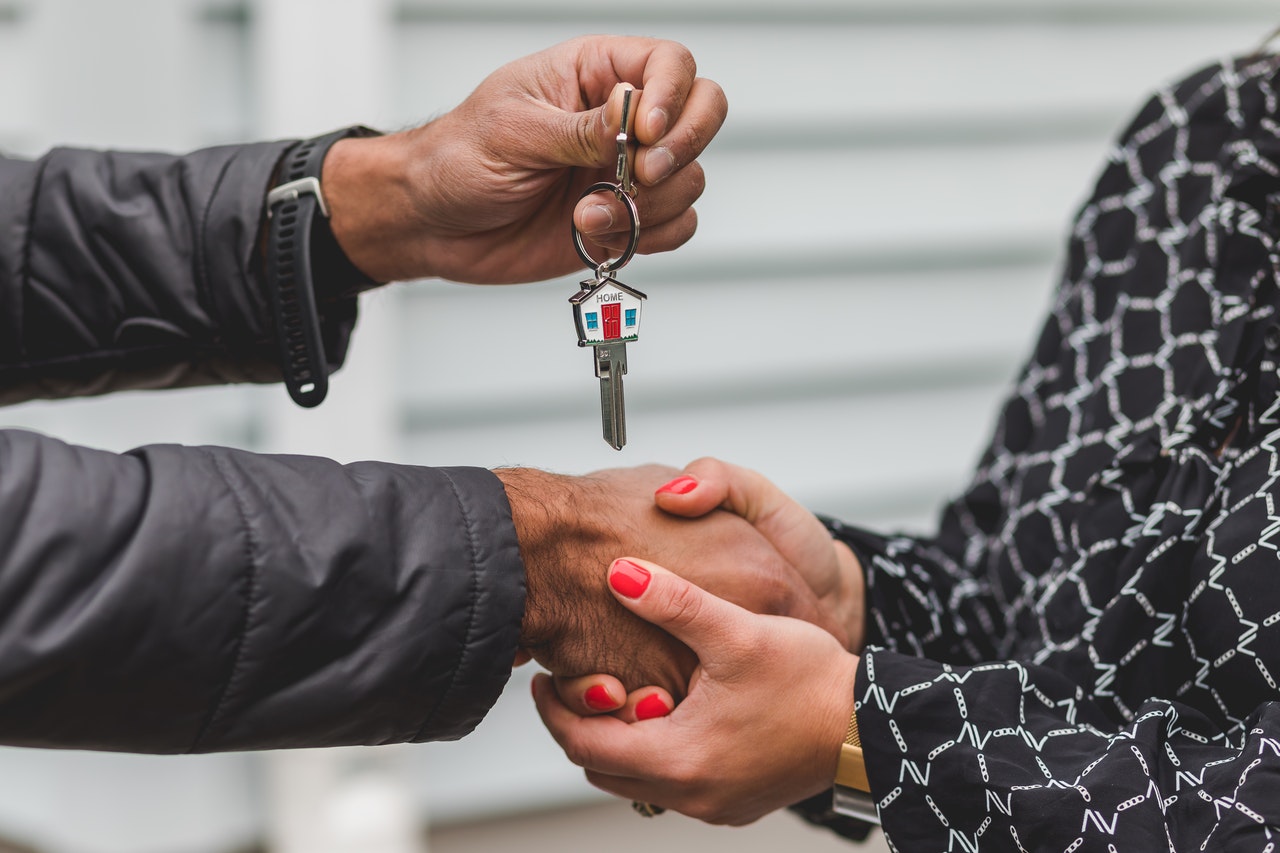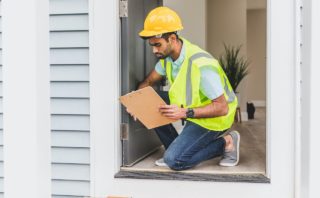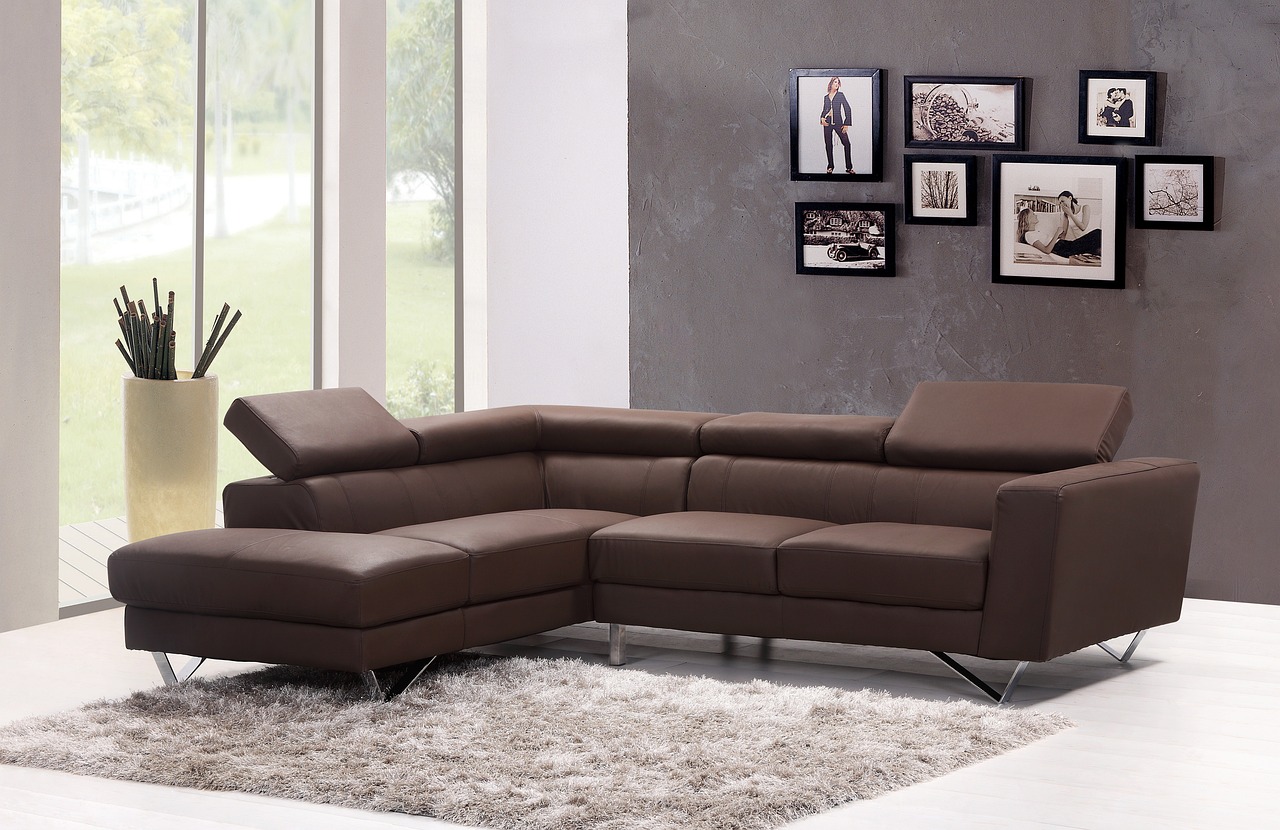Prefabricated homes, once seen as a quick and affordable solution for housing, have undergone a remarkable transformation over the years. What began as simple, modular designs has evolved into a sophisticated and sustainable approach to modern living. Today, prefabricated homes offer more than just convenience. They embody innovation, style, and a commitment to environmental responsibility. In this article, we’ll take a closer look at the evolution of prefabricated homes and explore how they’ve become a key player in the movement toward sustainable living. For more information, visit www.houzz.de/hznb/projects/fertighaus-oder-massivhaus-ein-umfassender-vergleich-der-vor-und-nachteile-pj-vj~7430828.
The Early Days: Modular Beginnings
 The concept of prefabricated homes isn’t new. It dates back to the early 20th century when the idea of manufacturing house components in a factory and assembling them on-site began to take hold. These early prefabs were often modest, functional structures designed to meet the housing demands of a rapidly growing population.
The concept of prefabricated homes isn’t new. It dates back to the early 20th century when the idea of manufacturing house components in a factory and assembling them on-site began to take hold. These early prefabs were often modest, functional structures designed to meet the housing demands of a rapidly growing population.
They offered a practical solution for quick construction, particularly during times of economic hardship or in response to housing shortages. One of the most iconic examples of early prefabricated homes is the Sears Catalog Home, which allowed customers to order a house kit by mail. These kits included everything needed to build a home, from lumber to nails, and could be assembled on-site in a matter of weeks.
The Rise of Modern Modular Homes
As construction techniques and materials advanced, so did the design and quality of prefabricated homes. By the mid-20th century, modular homes, where entire sections or modules of the home were constructed in a factory and then transported to the site for assembly, became increasingly popular. These homes offered greater flexibility in design and were more customizable than their earlier counterparts. Modular homes also began to shed their image as “cheap” or “temporary” housing. Architects and designers started to embrace the potential of modular construction, creating homes that were not only functional but also stylish and innovative.
The Shift Toward Sustainability
In recent years, the evolution of prefabricated homes has been strongly influenced by the growing emphasis on sustainability. As awareness of environmental issues has increased, so too has the demand for eco-friendly housing solutions. Prefabricated homes have proven to be a perfect fit for this trend, offering a range of benefits that align with sustainable living.
Energy Efficiency
One of the key advantages of modern prefabricated homes is their energy efficiency. Because these homes are built in a controlled factory environment, it’s easier to implement energy-saving technologies and ensure that every aspect of the home is constructed to high standards. Many prefabricated homes are now equipped with features like high-performance insulation, energy-efficient windows, and advanced heating and cooling systems, all of which contribute to lower energy consumption and reduced utility bills.
Reduced Waste
Traditional construction methods often result in significant waste, as materials are cut and shaped on-site. In contrast, prefabricated homes are built with precision in a factory, minimizing waste and making it easier to recycle any leftover materials. This not only reduces the environmental impact of the construction process but also lowers costs for homeowners.
Sustainable Materials
The rise of sustainable building practices has also led to an increased use of eco-friendly materials in prefabricated homes. From reclaimed wood to low-VOC (volatile organic compound) paints, these materials are chosen for their minimal environmental impact and their ability to create a healthier living environment. Some prefabricated homes even incorporate innovative materials like hempcrete or recycled steel, further enhancing their sustainability credentials.
Off-Grid Living
Many modern prefabricated homes are designed with the potential for off-grid living in mind. Solar panels, rainwater harvesting systems, and composting toilets are just a few of the features that can be integrated into these homes, allowing residents to live more independently and with a smaller environmental footprint.
The Future of Prefabricated Homes
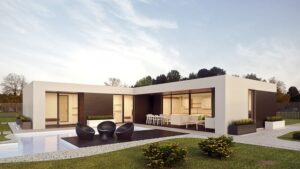 As we look to the future, it’s clear that prefabricated homes will continue to play a vital role in the quest for sustainable living. Advances in technology, materials, and design are likely to push the boundaries of what’s possible, making these homes even more efficient, customizable, and eco-friendly.
As we look to the future, it’s clear that prefabricated homes will continue to play a vital role in the quest for sustainable living. Advances in technology, materials, and design are likely to push the boundaries of what’s possible, making these homes even more efficient, customizable, and eco-friendly.
The growing popularity of prefabricated homes also reflects a broader shift in how we think about housing. In a world where environmental concerns are increasingly at the forefront, the ability to build homes that are both beautiful and sustainable is more important than ever.
In Conclusion
The evolution of prefabricated homes from simple modular designs to cutting-edge sustainable living spaces is a testament to the innovation and adaptability of the construction industry. Today’s prefabricated homes offer a perfect blend of style, functionality, and environmental responsibility, making them an ideal choice for anyone looking to build their dream home in a way that’s kind to the planet.

